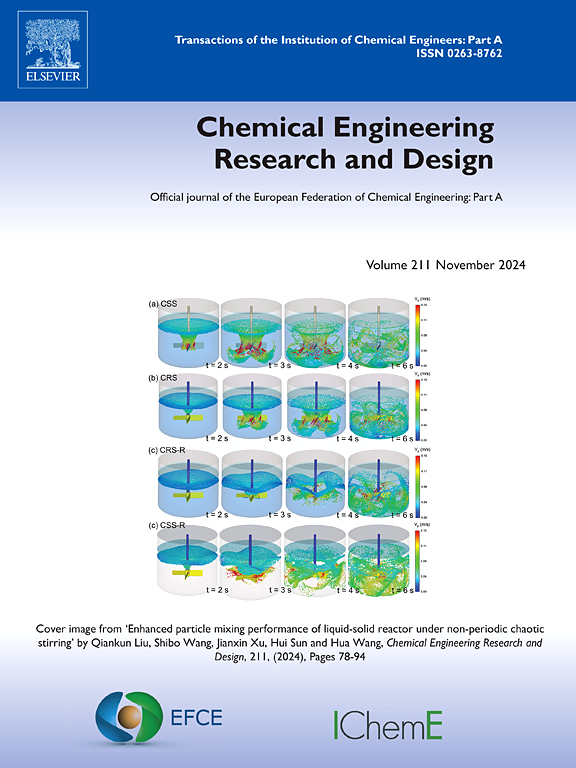Structural and property analysis of different components in coal liquefaction residue raffinate based on density separation
IF 3.7
3区 工程技术
Q2 ENGINEERING, CHEMICAL
引用次数: 0
Abstract
Given China's coal-centric energy structure, direct coal liquefaction technology assumes a pivotal role in addressing oil shortages and ensuring stable energy supplies. Efficient handling of copious residues from liquefaction, alongside environmental concerns, poses a major challenge
the technology of direct coal liquefaction is crucial for alleviating oil shortages and ensuring energy security. The effective utilization of the vast amount of residual sludge generated from re-utilization of coke oven residues and the issues of their environmental impact are becoming key challenges.
This study applies float-sink separation to stratify coal liquefaction residue raffinate into six density distributions, employing advanced analytical techniques (SEM-EDS, XRD, Raman, elemental analysis, XRF, XPS, TGA) to probe the structures and properties across these densities. Findings reveal a predominately fine particle size with a median diameter (D50) of 12.1μm, peaking at a density of 1.6–1.8 g/cm³ . Increasing density correlates with heightened ash and sulfur content, diminishing carbon content, which reduces combustibility, decelerates burning velocity, and lowers weight loss. Enhanced crystallinity of SiO2 and CaCO3 is noted. Samples below 2.0 g/cm³ exhibit higher carbon content and superior graphitization, contrasting with higher densities revealing greater disorder. Changes in sulfur's chemical bonding states across densities highlight transformations among pyrite, organic sulfur, and sulfates. Rising density corresponds to declining combustibility and degraded combustion performance. These outcomes furnish a foundational theory for the resource recovery and exploitation of coal liquefaction residue raffinate.
求助全文
约1分钟内获得全文
求助全文
来源期刊

Chemical Engineering Research & Design
工程技术-工程:化工
CiteScore
6.10
自引率
7.70%
发文量
623
审稿时长
42 days
期刊介绍:
ChERD aims to be the principal international journal for publication of high quality, original papers in chemical engineering.
Papers showing how research results can be used in chemical engineering design, and accounts of experimental or theoretical research work bringing new perspectives to established principles, highlighting unsolved problems or indicating directions for future research, are particularly welcome. Contributions that deal with new developments in plant or processes and that can be given quantitative expression are encouraged. The journal is especially interested in papers that extend the boundaries of traditional chemical engineering.
 求助内容:
求助内容: 应助结果提醒方式:
应助结果提醒方式:


